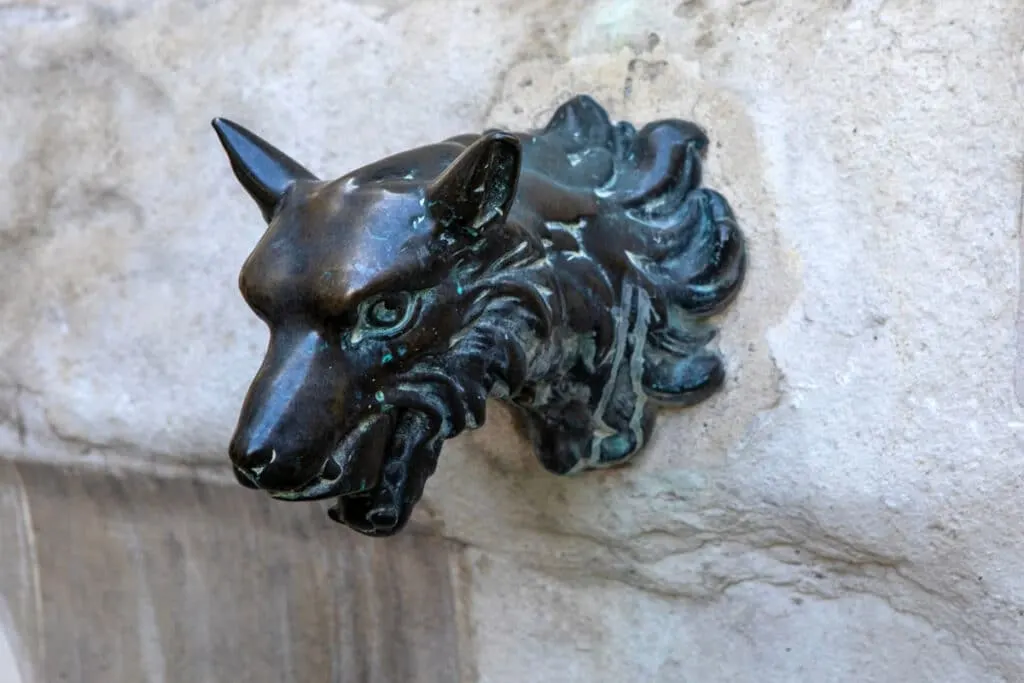The grizzly history of Aldgate’s ‘pump of death’ and why exactly its water tasted so good.
We love London for all its quirky sites. So many of the things you walk past in this city seem to have a weird and wonderful story attached to them – and quite often you never even know it.
Take the Aldgate Pump for example, we’ve crossed its path on Leadenhall Road plenty of times. We didn’t think much of it until we heard its other name was The Pump of Death, then we had to look into it.
Why Visit the Aldgate Pump?

It’s one of those London locations that you can visit, and be staring down genuinely hundreds of years of history. There’s a nice urban myth surrounding one of its features, and talking of the urban, the Aldgate Pump is a symbolic boundary to the East End.
You can go and do that one leg in, one leg out thing and then perhaps nip off for a laaavly plate of pie and mash.
The History of Aldgate Pump
A Pump from the (pun alert) Ald Days
The earliest mention of the Aldgate Pump is in 1598 in historian John Stow’s survey of London, though it’s highly likely that the well had been operational for several hundred years before that.
The site of the well was just inside the city walls at Aldgate, which was one of the six points of entry to The City of London back in the old days. Interestingly enough, Geoffery Chaucer used to rent a place near Aldgate, so if the well here really does date back to the early 1300s there’s all possibility he drank from it.
The Pump of Death
It was said of the Aldgate Well that its water was ‘bright, sparkling, and cool, and of an agreeable taste’.
That delicious water the good people of Algate were chucking back would turn out to be rather less agreeable than they thought.
In the 1860s a nasty epidemic of cholera broke out from water drawn at the Aldgate Pump. Hundreds died in what would become known (rather accurately) as the Aldgate Pump Epidemic.
The cause of the outbreak was eventually linked to the fact the underground stream that supplied the pump had been running through, or close to, a graveyard and been polluted by rotting flesh.
That agreeable taste? No joke here, It came from the calcium of the bones of the dead.
Relocation and an Urban Myth

After the epidemic the pump was moved a few hundred metres from its original location and linked to a clean supply of water under the New River Company. That was in 1876 The site it was moved to on Leadenhall Street is the place you can still see it today. Fenchurch Street Station has since been built over the site of the old well.
The pump is the same old pump it’s always been. A lamp was added to the top in 2019, but that was actually a feature of the pump back in the 1800s. You’ll also notice a wolf’s head stuck out of the stonework.
So the story goes, this is the last spot a wolf was ever killed in London and the head is there to commemorate it. This might just be a good old urban myth though.
Aldgate Pump: Practical Information
Address: 65-68 Leadenhall St, London EC3A 2AD
Opening Times: No opening times, it’s just on the side of the road so you can walk right up to it whenever you want.

